The Modern Fish Act would allow updated management approaches that acknowledge the difference between recreational and commercial fisheries, and it’s nearing the finish line
Saltwater anglers celebrate this time of year, knowing that the bulk of winter has passed and warmer temperatures, calmer seas, and lines stretched by sportfish of all sorts are likely just a few weeks away.
But the Senate Commerce, Science, and Transportation Committee recently gave anglers another reason to be optimistic about March’s arrival—last week, they approved the Modernizing Recreational Fisheries Management Act of 2017, also known as the Modern Fish Act, by a wide margin. A bipartisan contingent of 22 out of the 27 committee members voted to approve the bill and advance it to the Senate floor.
This is great news for America’s anglers, because the bill contains a host of provisions aimed at improving federal management of recreational fishing, specifically by acknowledging in federal law—finally—that recreational and commercial fishing have fundamentally different approaches and management should be “adapted to the characteristics of each sector.”
Modernizing Management for Better Fishing
The Modern Fish Act allows regional fisheries management councils to maintain conservation measures and explore approaches that update management to better serve anglers. This includes strategies that have been very successfully used by state agencies to manage coastal and inland fish species.
The bill also calls for NOAA to work with the National Academies of Sciences to examine and improve data collection programs for recreational fisheries. More state-collected stock assessment and recreational harvest data could be used by federal managers under the Modern Fish Act, as well. More precise harvest data could result in longer, more stable recreational seasons.
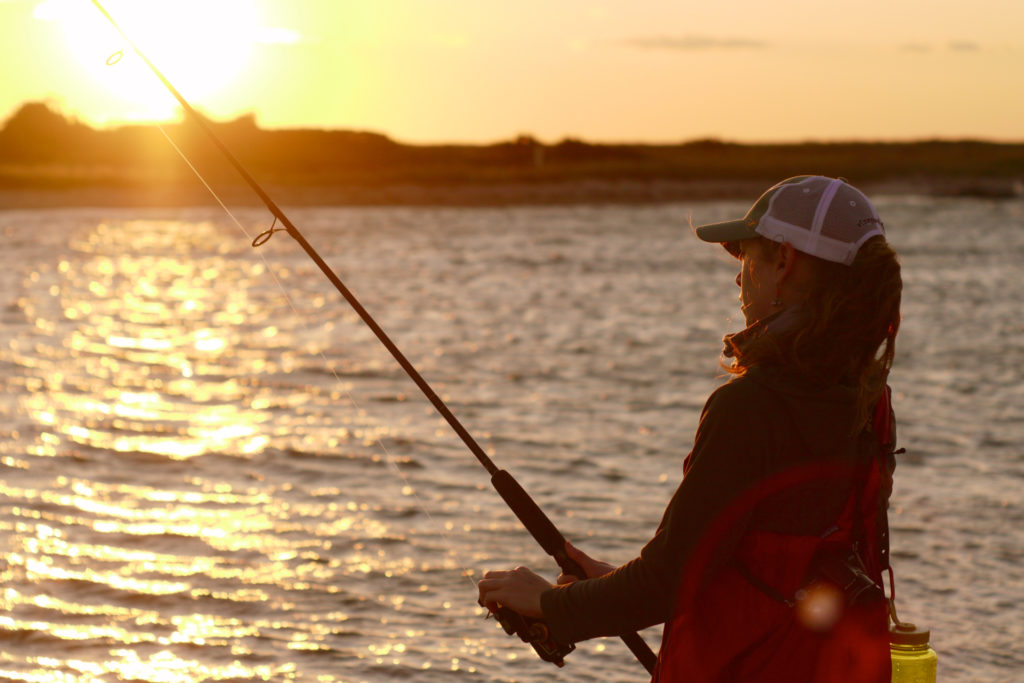
Under the bill, NOAA will need to take a hard look at commercial and recreational fishing allocations in the Gulf of Mexico and South Atlantic to determine if current allocations are based in the best available data and meet the economic and cultural needs of the entire fishery—not simply the commercial side. This could mean more fish allocated to recreational or commercial harvest, depending on how conditions have changed, but the updates are critical. Many current allocations are based in information from three decades ago or more and have not been examined with an eye toward meeting both sectors’ needs.
Finally, the Modern Fish Act calls for a thorough examination of the social and economic impacts of implementing additional limited-access privilege programs, also known as individual fishing quota systems, in fisheries shared by commercial and recreational users. While individual fishing quotas have worked well in the Alaskan crab and Pollock fisheries, which are entirely commercial, they aren’t suited for recreational fisheries where the fish must continue to support every American’s opportunity to fish.
Sportsmen would never suggest that private companies and individuals own ducks, deer, or largemouth bass—and private ownership of saltwater sportfish should not be tolerated either.
Widespread Agreement
It is important to note that this bill has garnered broad bipartisan support since being introduced by Mississippi Republican Roger Wicker and Florida Democrat Bill Nelson last July. Twelve co-sponsors have added their names to the bill over the last eight months, split almost evenly between Democrats and Republicans.
Help also came from both Republican and Democratic staff on the committee, who worked extensively with recreational fishing conservation groups over the last year or more to ensure that the bill accomplishes the targeted fixes to federal law that anglers are seeking, while making sure that resource conservation isn’t compromised. “This is the Commerce Committee at its best,” said Wicker after the February 28 committee hearing.
Since the bill was first introduced, the TRCP and a coalition of partner and non-partner groups—including the American Sportfishing Association, Coastal Conservation Association, Center for Sportfishing Policy, National Marine Manufacturers Association, Congressional Sportsmen’s Foundation, Yamaha Marine Group, and others—have worked tirelessly with staff from Senate offices on both sides of the aisle to address concerns and make reasonable amendments to the bill. Many concessions were made in the last 10 months to bring the Commerce Committee a bill that is a source of pride for Republicans and Democrats, and, more importantly, the sportsmen and women who have always been leaders in resource conservation.
“The Modern Fish Act represents five years’ worth of input from our community and will increase the level of trust between America’s 11 million saltwater anglers and federal fisheries managers,” said Whit Fosburgh, president and CEO of the Theodore Roosevelt Conservation Partnership. “We’re extremely encouraged to see these updated management approaches tailored to meet the unique needs of recreational fishing, rather than forcing recreational seasons into a management scheme designed for commercial fisheries.”
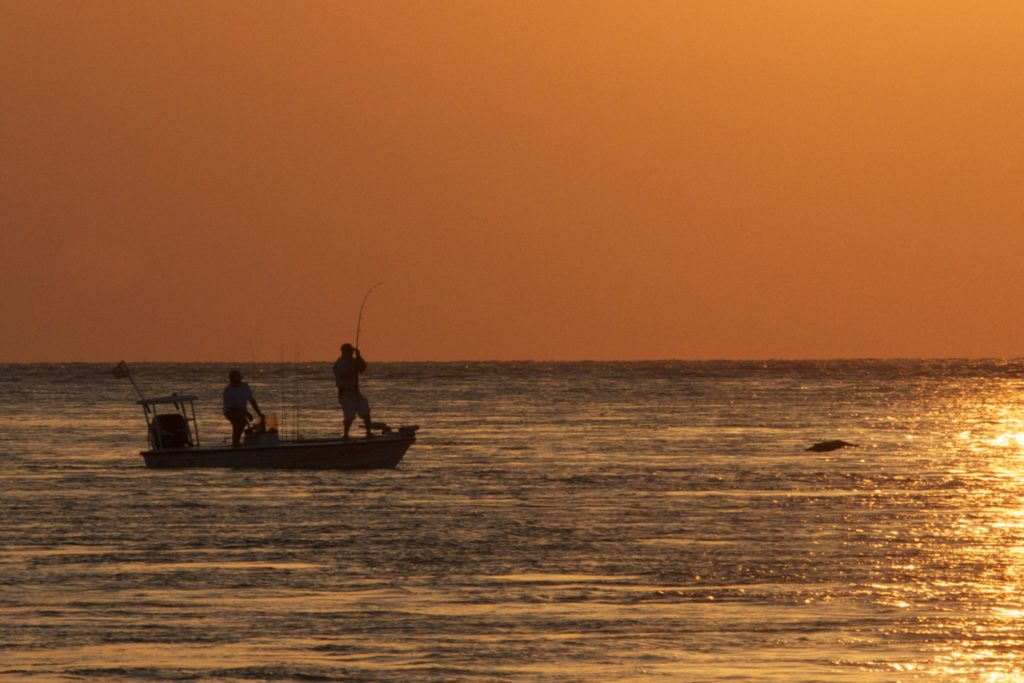
Certainly, when congressional staff is helping to write legislation with cooperation from recreational angling conservation groups, and both Republicans and Democrats are willing to compromise to improve legislation, it represents the best of our country’s lawmaking process. Hopefully we can expect to see this level of agreement and cooperation extended to other efforts to improve law and policy.
No Time to Lose
But even a popular bill isn’t necessarily a done deal—there are many demands competing for our lawmakers’ attentions, and we need to continue to engage Senate and House members to move the Modern Fish Act to passage as soon as possible. Saltwater angling and the management of our most important fisheries are closer than ever to getting well-deserved recognition from the federal government.
We can’t let another Congress go by without addressing the very real differences between recreational and commercial fishing—or improving fisheries management to rebuild trust between anglers and federal fisheries managers.


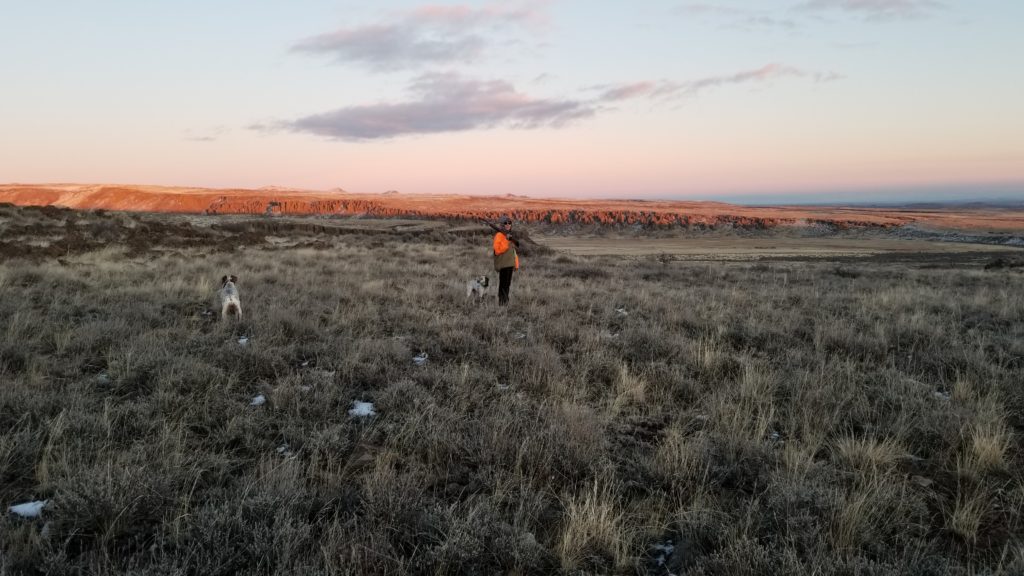
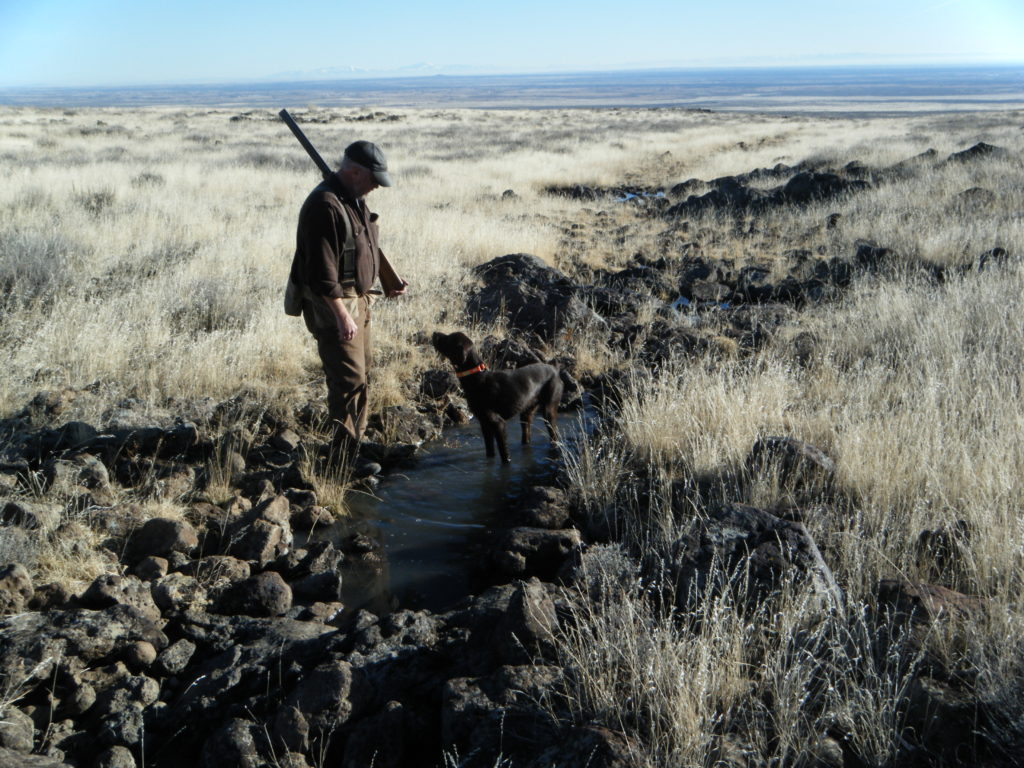
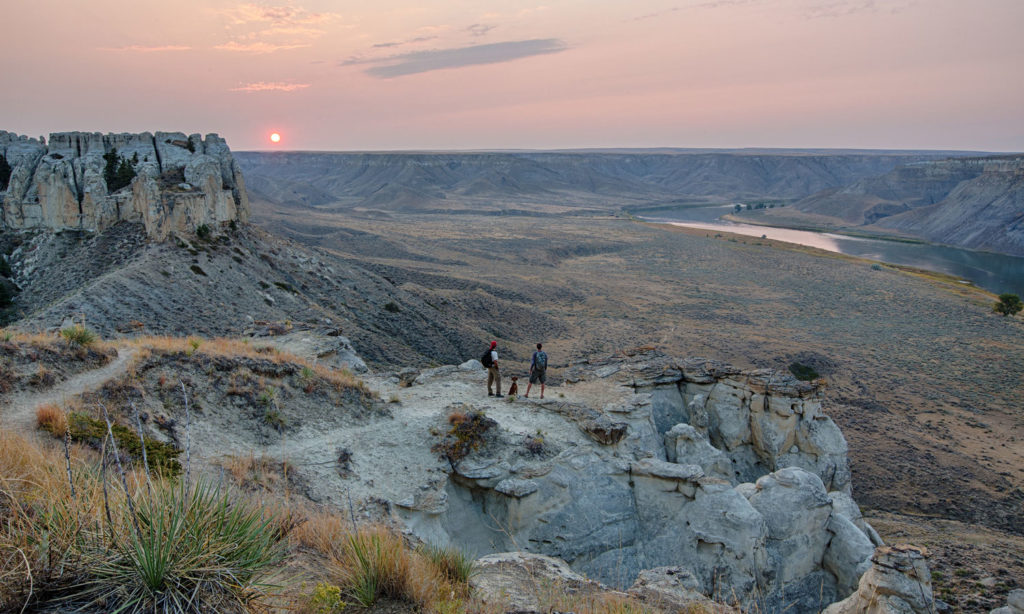
 This five-time recognition of TRCP’s financial health, accountability, and transparency puts the organization in the top 8 percent of American charities rated.
This five-time recognition of TRCP’s financial health, accountability, and transparency puts the organization in the top 8 percent of American charities rated.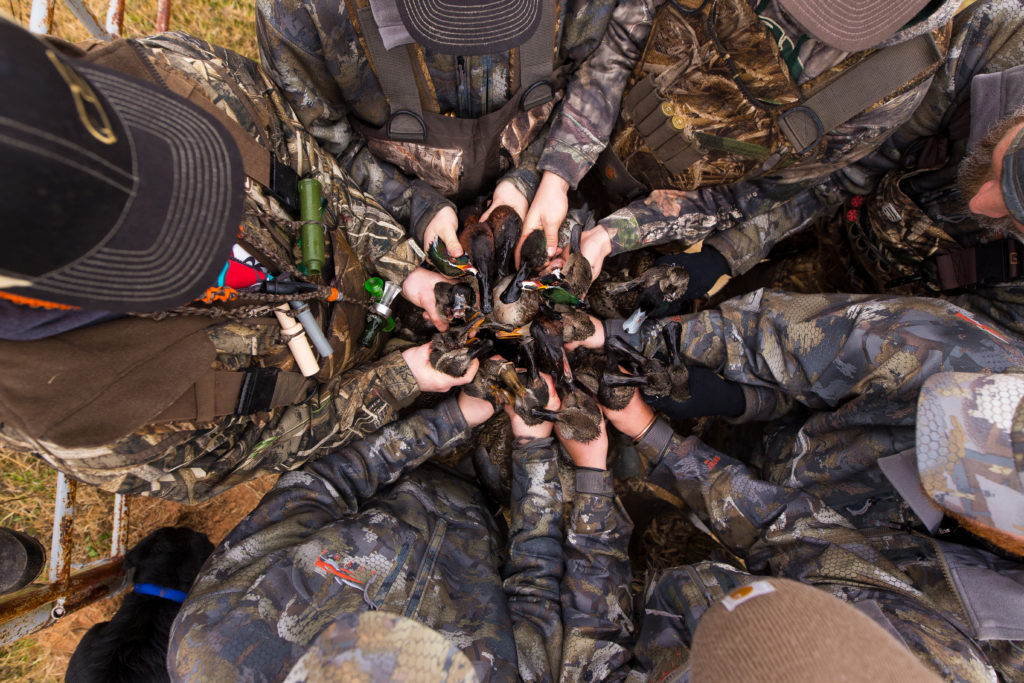




Sea lions kill 70%of the endangered salmon on the Columbia river and then kill the breeder stergen time to cull the population
Stop netting the Columbia river kill the sea lions
sea lions should also be in balance with it’s habitat as are other mammals!!!
The numbers of sea lions should be in balance with their habitat as are other mammals!
There appears to be an imbalance in the habitat of sea lions as observed by their over-kill of salmon!